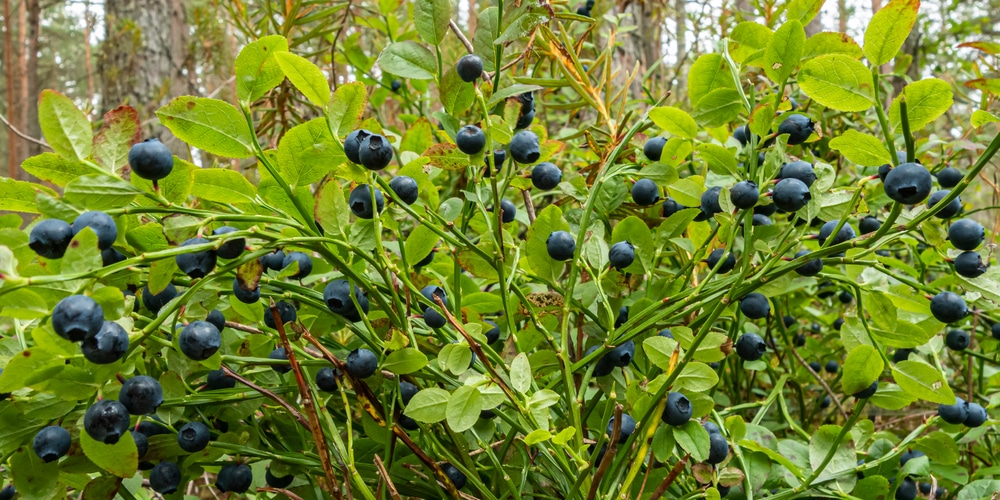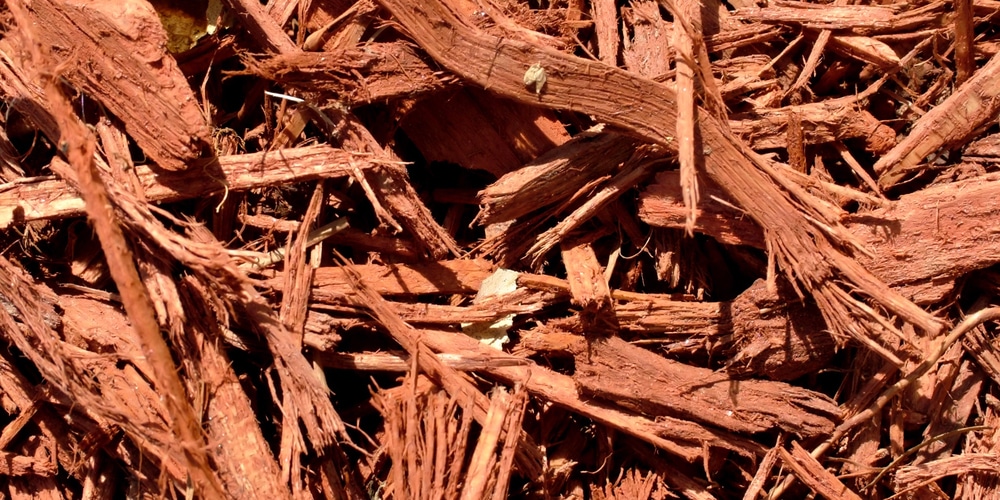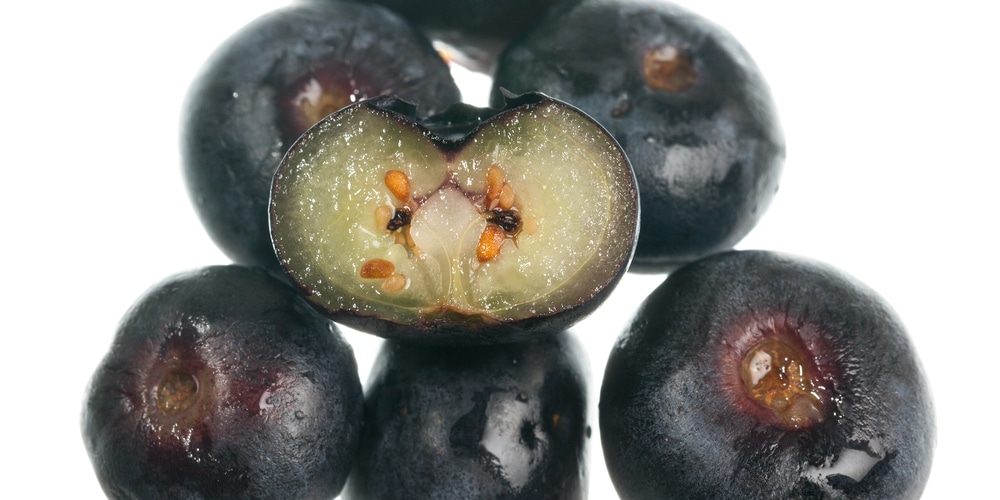Blueberries are a highly significant plants, planted by many people both for the beauty of their gardens and for monetary purposes. Blueberries have gained heightened prominence due to their innumerable health benefits. Some of the benefits include their value to the human body. Getting the soil pH range right will help you grow a bumper crop of blueberries. Let’s look at how to lower blueberry soil PH?
The benefits of blueberries
Some of these benefits include, but are not limited to the following:
* Ability to prevent people from heart diseases and malignancy
* Enhancing the strength of bones and skin health
* Improving a person’s mental health
* Maintaining a healthy body pressure
* Good in managing diabetes
Planting blueberries
Planting blueberry requires thorough knowledge of its growth requirements. Failure to consider the requirements results in poor growth, often characterized by sparse bush and smaller fruits. In contrast, considering the essential requirements, with the acidic level being critical, results in rich high-fruit-yielding bushes.
Soil PH
Blueberries are sensitive to the soil pH and will only thrive when grown on soil that meets their pH requirement. As such, the most crucial factor to consider when planting blueberries is the pH of the specific ground. More precisely, blueberries thrive when grown in acidic soils, with a pH of 4.3 to 5.5 being preferable. It follows that it is paramount to test the soil’s pH where one intends to plant them.
Soils with a pH range of 6.5-7.5 will hinder the growth of the blueberries by causing them to have slow, weak growth, yellowish leaves, and bear few fruits if any. Afterwards, it is recommendable to lower the pH until the soil attains the correct parameters needed for the growth of the berries.
How to Lower Blueberry Soil PH
Changing the pH to meet the required parameters for the soil is highly significant.
Use sulfur
The pH may take a while before reaching the target pH, but one can shorten the duration by adding elemental sulfur to the target site. Elemental sulfur is readily available in most garden stores marketed as soil acidifiers or soil sulfur. It is vital to take note of the soil pH because it is essential in helping to determine the amount of sulfur to add.
The best time to add sulfur to the target site is at least one year before actual planting. The period is vital to enhance the appropriate reaction between the sulfur and the soil elements that lower the ph. More preferably, one should apply the sulfur during the rainy spring and autumn.
For instance, if one planted the bushes before factoring the soil pH, applying the sulfur immediately, one acquires the knowledge or if the plants begin exhibiting signs of weakness. This is achievable by sprinkling the sulfur around each plant’s drip-line while following the manufacturer’s guidelines. This helps the acidifier wash down into the soil when watering the plants.
Sphagnum peat moss
This is another option to lower the soil’s pH and involves planning an acidic growing medium in the target site. Sphagnum peat moss is one such medium and is particularly significant if the soil pH of the soil ranges between 5.5 and 7.0. This is achievable by adding 4 to 6 inches of sphagnum peat to the top 6 – 8 inches of the ground in the target site.
Fertilizers
This is another method used to lower the soil pH for blueberry plants and involves acidic fertilizers. The recommended fertilizers contain ammonium nitrate, ammonium sulfate, or sulfur-coated urea. These fertilizers are highly acidic and, therefore, most significant in lowering the soil pH.
Quick Fixes
One should consider using vinegar to fix the soil pH quickly. This involves the addition of two tablespoons of vinegar for every one gallon of water. Afterwards, pour the mixture into the soil that surrounds the plants. Ensure to repeat this every week, though it is a temporary means of lowering the soil pH while one prepares to use other long-lasting methods.
Mulching
Sufficient mulching is another method for lowering the soil pH. When choosing the mulching to use, it is crucial to understand how different mulches serve the intended purposes of your soil.
Mulch making process
Bark mulch is made using a process that involves chipping away the outer bark of a coniferous plant. Some of these plants include the pine tree or fir. Statistics indicate that this type of mulch lasts for about ten years.
In contrast, wood chips are made using the shredded interior parts of a tree. Unlike the bark mulch, the wood chips require a five-year replacement.
Texture differences
It is factual that both the mulches are made using similar trees. The final product and the uses vary significantly. Bark mulch has a rough texture, making it suitable for use in places where wood chips can easily slip and slide away. It is light in weight and therefore movable once laid down in a garden.
In contrast, wood chips are more dense and soft. This makes them suitable to work in any garden setting.
Mulch use differences
In most cases, bark mulch is used in typical landscaping, often in hilly or steep areas. This is because it has a more rigid and gritty texture, reducing slippage. As such, it remains fixed where someone initially placed it.
On the contrary, wood chips are more suited to flower beds and gardening. This is because they are softer, which makes them create more filtration and enhance water retention, which is crucial in the life and well-being of the plants.
How to Lower Blueberry Soil PH: Final thoughts
Blueberries like acidic soils, and acidic pH is required for their growth. Another reason that makes acidic soil appropriate for blueberry growth is the presence of acid-loving bacteria. These are critical in breaking down compounds such as iron, magnesium, and phosphate, which enhance the prosperity of blueberry plants.
It is paramount to establish the soil pH of a site intending to plant the blueberries. Testing the soil pH is beneficial in guiding the amount of sulfur, other acidifying elements, and the right amounts for a particular soil.



